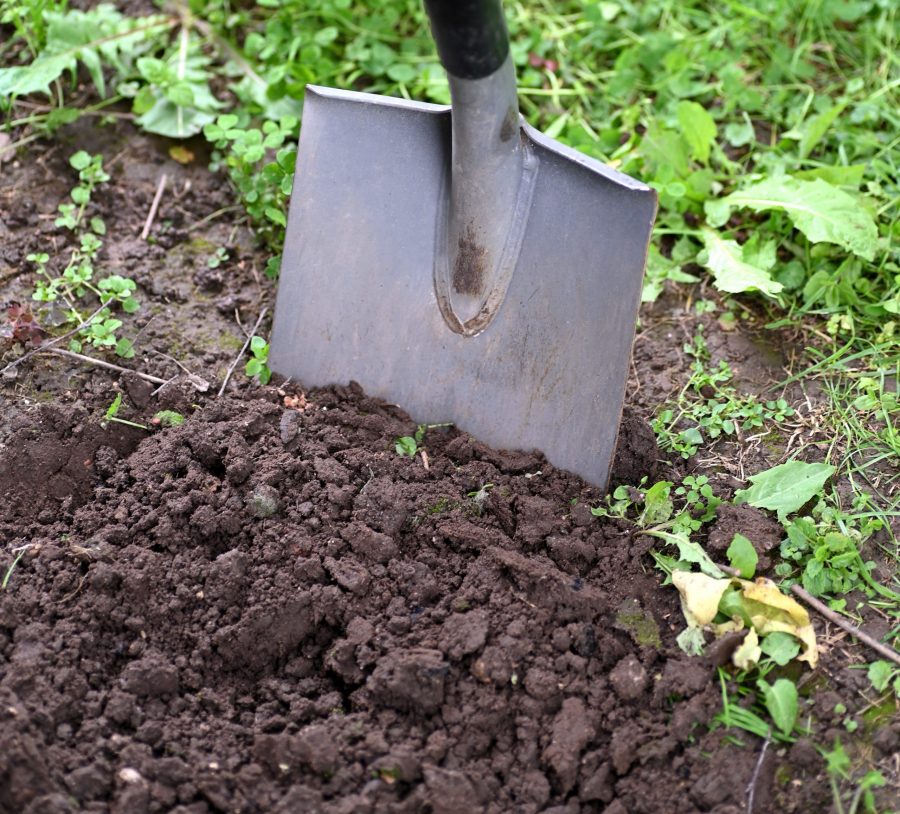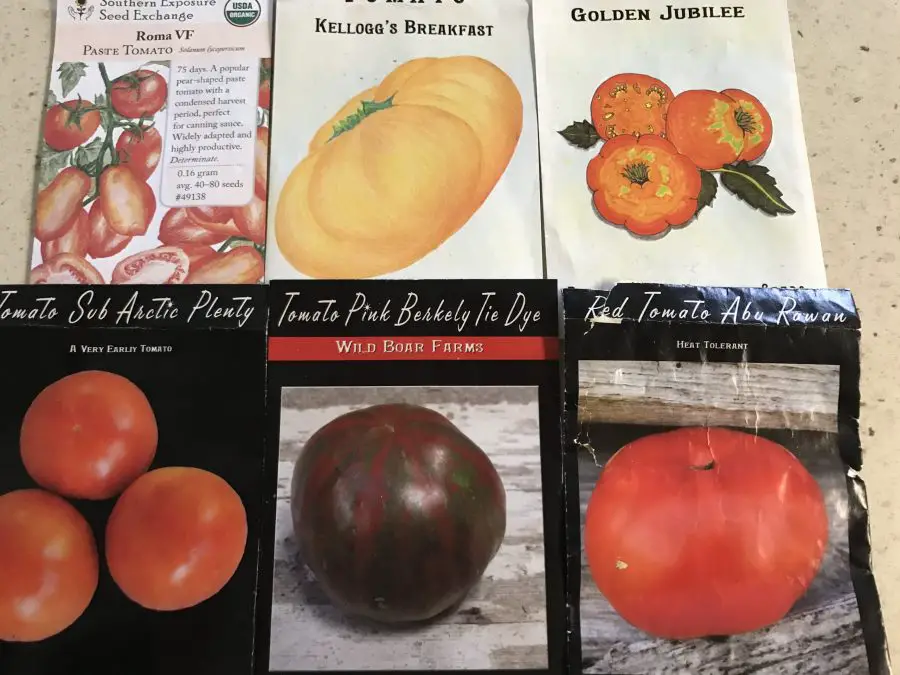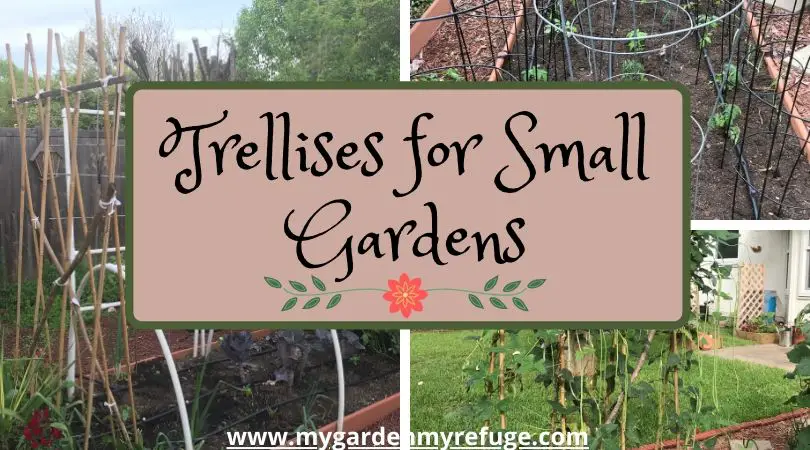Have you ever wondered why nature today is so chaotic? Have you heard on the news that governments declared a climate disaster emergency this month of July 2022? Have you asked yourself what we can do, as mere citizens, to help nature heal itself or at least reduce our contribution to the destruction?
Unfortunately, we have been destroying nature in the 20th century without consideration. Today, we are responsible for restoring and fixing the damage for our children and grandchildren.
As organic gardeners, we are already one step forward on the right path. In this post, I will tackle soil restoration or regeneration, which Dr. Laura Ingham and her colleagues have worked on for years.
Dr. Ingham proved through her research that we could bring life back to the soil and heal the ecosystem in the process. The solution is simple and basic that any one of us can do, and that is through composting.

Soil vs. dirt
In my early years of gardening, someone told me that a true gardener uses the word “soil” instead of “dirt.” At the time, it meant that gardeners knew the value of soil and had more respect for it than most people.
Today, after attending the Soil Food Web webinars, I have a deeper understanding of the word “Soil.”
“Healthy soil is built and maintained by a universe of soil organisms,” states Dr. Ingham. These organisms are essential to provide the plants with necessary nutrients, just like we mentioned in our post about Mycrorizeah fungi and the one about the benefits of yeast in the garden.
What are the organisms living in the soil?
Soil microorganisms consist of four main groups; bacteria, fungi, protozoa, and nematodes. Unfortunately, most people cringe at words, thinking they are bad for us and only make us sick. The truth is that the great majority of these creatures are beneficial to us.
In a robust to defeat or eliminate the bad guys, easily strong to easily defeat or destroy the bad guys.
Similar to our guts. When the harmful bacteria overpopulate the flora, we feel sick and must take some good bacteria in the form of probiotics. Doctors also advise us to consume fiber-rich and fermented foods to help the good bacteria thrive.
Today’s soils are sick and poor due to the overuse of salt-based fertilizers, pesticides, fungicides, and herbicides. So, we must restore the soil and return it to its natural state by making good compost.
It is crucial to note that each region in the world has its own microorganisms adapted to live there.
How do soil organisms work with plants?
We must understand that we are on this earth to work together, and balance is key to a healthy and functional system. Each element of the system works for its and others’ well-being.
The Soil Food Web science includes the sun, air, water, plants, bacteria, fungi, protozoa, nematodes, arthropods, earthworms, humus, soil components (sand, silt, clay), and humans.
- The plant uses Co2 and light through photosynthesis to make “food” in the form of carbon compounds and sends it to its roots.
- The roots send out exudates to the fungi and bacteria to feed on.
- The fungi and bacteria break the complex food into simple plant nutrients and stay strong to create aggregate, keeping soil elements well bound. But, the nutrients still can not get to the plant.
- Protozoa, nematodes, worms, and arthropods ( or first-level predators) feed on bacteria and fungi, then excrete them into the soil, making the nutrients available to the plant.
- The chain continues to keep everything in balance. Higher predators ( birds and other animals) also feed on these first-level predators and excrete more nutrients through their guano (poop).
- Last come the humans who have to manage this system wisely, so there is neither excess nor deficit of any element.
Our role in this chain is to keep the soil alive by maintaining the medium where bacteria and fungi can live by doing one of two things. Either leave nature alone and stop interfering with its cycles by excessive use of chemicals or enrich the destroyed soil by adding good compost.
What is good-quality compost?
We all know that compost is the final product of the decomposition of organic matter. So, it would not come to mind that there is good and bad compost unless it is contaminated.
However, after listening to Dr. Ingham’s lectures, I realized that there is better compost.
Good compost should be able to provide food to the soil organism and innoculate it with microorganisms. It should be a living ecosystem.
Is store-bought compost good compost?
While we cannot call bagged compost bad, unfortunately, it only provides lifeless organic matter to your garden. Commercial compost is sterilized, so all microbes are killed. In addition, they are shipped from elsewhere, so they won’t contain local microorganisms.
How to make good-quality compost?
For the compost to contain a healthy dose of microbes, it should follow specific rules. For example, it has to remain aerobic, 50% moist, and maintain a certain heat level for a particular time.
The microbes in the compost are responsible for the heat. The happier and more active they are, the more energy (heat) they produce. Therefore, keeping the compost components (air, water, organic matter) balanced is crucial.
According to Dr. Ingham, determining the correct ratio or balance of carbon to nitrogen in organic matter depends on the plants you are growing. However, that is more applicable to farmers and market gardeners who produce many of a single crop. Organic matter for the compost consists of brown and green materials. But Dr. Ingham also talks about high nitrogen material.
- Brown is the dry matter, such as the fall leaves, wood ships from a dead tree, and cardboard. It is plant material with no sugars left in it.
- Green materials include freshly cut plants, such as grass and plant clippings. Although they may turn brown after cutting, they are still considered green for the compost since sugar was still in the plant.
- High nitrogen materials have a higher nitrogen content than the previous category. As a result, they tend to accelerate the composting process. These materials include kitchen scraps and manure.

Making the compost
There are two main ways of making compost: thermal and static compost.
Thermal compost
Thermal compost or hot compost is labor intensive but the most rapid compost-making method. Since it uses a substantial amount of high nitrogen material, it requires close monitoring of its temperature and moisture level.
This compost pile needs to reach an optimum temperature of 131F (55C) in a few days and be kept that way for three to four days. It also needs properly timed turning to prevent it from overheating, therefore catching on fire.
After a few turns, the compost is finished when it returns to ambient temperatures.
This kind of compost is rich in bacteria and fungi. It is also free of weeds and pathogens.
Static compost
Static and cold compost is the most common composting system used by gardeners. It is the least labor intensive but takes a longer time.
This composting method uses less than 10% high nitrogen material and can be made in larger quantities since it requires less turning.
It is the best method for homeowners since they get to add food scraps in smaller amounts.
The principle of the cold composting method is to start with equal parts of brown and green materials. Then gradually and evenly distribute the high nitrogen material (food waste).
While this resulting compost is not as rich as the hot compost, it still introduces a massive population of macro- arthropods to the soil. These are the little crawlers we see moving within the pile, shredding the organic matter and increasing the surface for further decomposition. They are also food to the bigger predators like birds, who distribute microbes in the garden by way of their feet.
Vermicompost is another way of cold or static composting. However, worm castings are qualitywise as good as hot compost, rich in soil biomes and plant-available nutrients.
How does compost help restore the ecosystem?
Finally, the benefits are endless if we all work together and start restoring the soil around us.
- Having better soil means better food leading to better health.
- More good soil leads to more vegetation reducing carbon dioxide in the air and heat.
- Dense vegetation means more transpiration leading to condensation, increasing the chance of rainfall.
- Having better soil and more vegetation means fewer floods and soil erosion.
- Learning about each region’s biomass helps improve dirt, even in the Sahara desert.
- Rich soil life means fewer pathogens and toxins around us.
- Good soil removes the growers’ economic strain by reducing the need for fertilizers, pesticides, and herbicides.



